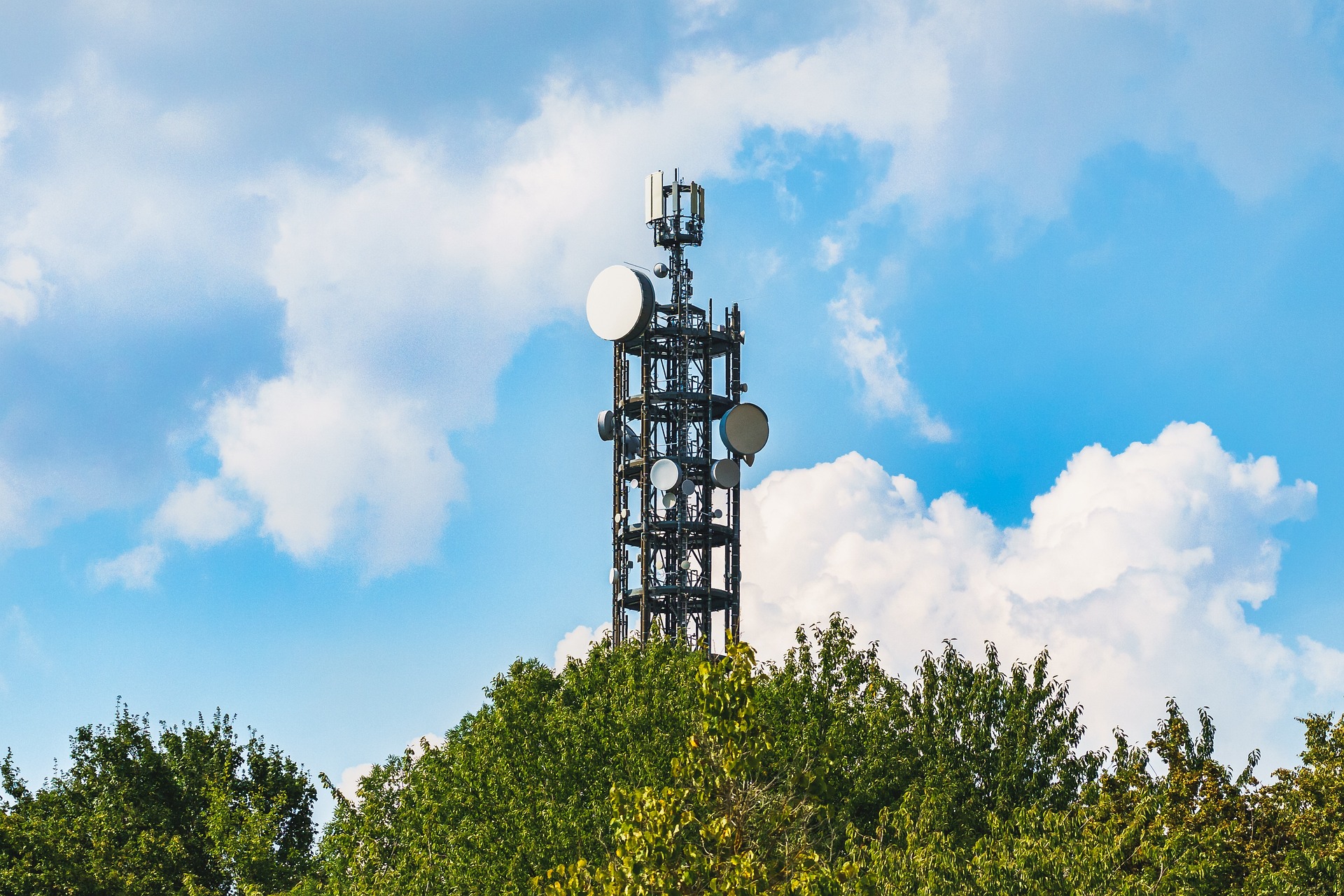Making Sense of Wi-Fi 6: The Next Generation Wireless Standard
The world of internet and telecommunications is always evolving, and one of the latest advancements to hit the scene is Wi-Fi 6. As the newest version of Wi-Fi, it promises to change the way we connect to the internet, offering faster speeds, improved performance, and a better overall user experience.

Wi-Fi 6, also known as 802.11ax, is the next generation wireless standard that follows the current 802.11ac technology. It was officially launched in September 2019 and has steadily gained traction since then. As a telecommunications expert, I believe it’s crucial to delve into this development and its implications for the future of digital communication.
Historical Background and Key Technological Developments
Wi-Fi technology has come a long way since its inception in the late 1990s. The first version, 802.11b, offered speeds of up to 11 Mbps, which was considered fast at that time. Over the years, the Wi-Fi technology has gone through several iterations, each bringing improvements in speed, capacity, and performance.
Wi-Fi 6 is no different. It is designed to operate in all ISM bands between 1 and 6 GHz when they become available for 802.11 use and will deliver four times better performance than its predecessor, Wi-Fi 5. It also supports a new feature called Target Wake Time, which significantly improves the battery life of client devices.
Current Trends and Regulatory Changes
The deployment of Wi-Fi 6 is currently underway, with many businesses and households beginning to upgrade their devices and networks. According to a report by the Wi-Fi Alliance, the adoption rate of Wi-Fi 6 is accelerating, and it’s expected to become the dominant Wi-Fi technology by 2022.
On the regulatory front, the Federal Communications Commission (FCC) recently opened up a new spectrum for Wi-Fi, known as the 6 GHz band. This move will significantly benefit Wi-Fi 6 devices, providing more bandwidth and less congestion.
Impact, Challenges, and Practical Applications
The impact of Wi-Fi 6 is far-reaching. Its faster speed and lower latency make it ideal for applications that require real-time communication, like video conferencing and online gaming. In businesses, Wi-Fi 6 can support a higher density of devices, making it perfect for crowded environments like offices, stadiums, and airports.
However, the shift to Wi-Fi 6 is not without challenges. For one, upgrading to Wi-Fi 6 requires new hardware, including routers and devices. This requirement may slow down the adoption rate as it implies significant investment.
In terms of practical applications, Wi-Fi 6 is expected to play a crucial role in enabling smart homes. With its capacity to handle more devices, it can support a range of IoT devices without compromising on speed or performance.
Conclusion
Wi-Fi 6 represents a significant leap forward in wireless technology. As it becomes more prevalent, users can look forward to a faster, more efficient, and more reliable Wi-Fi experience. However, it’s essential to keep in mind the challenges that come with this transition - chiefly, the need for new hardware. Despite these hurdles, the future of Wi-Fi 6 looks promising, and it’s set to redefine the world of digital communication as we know it.




